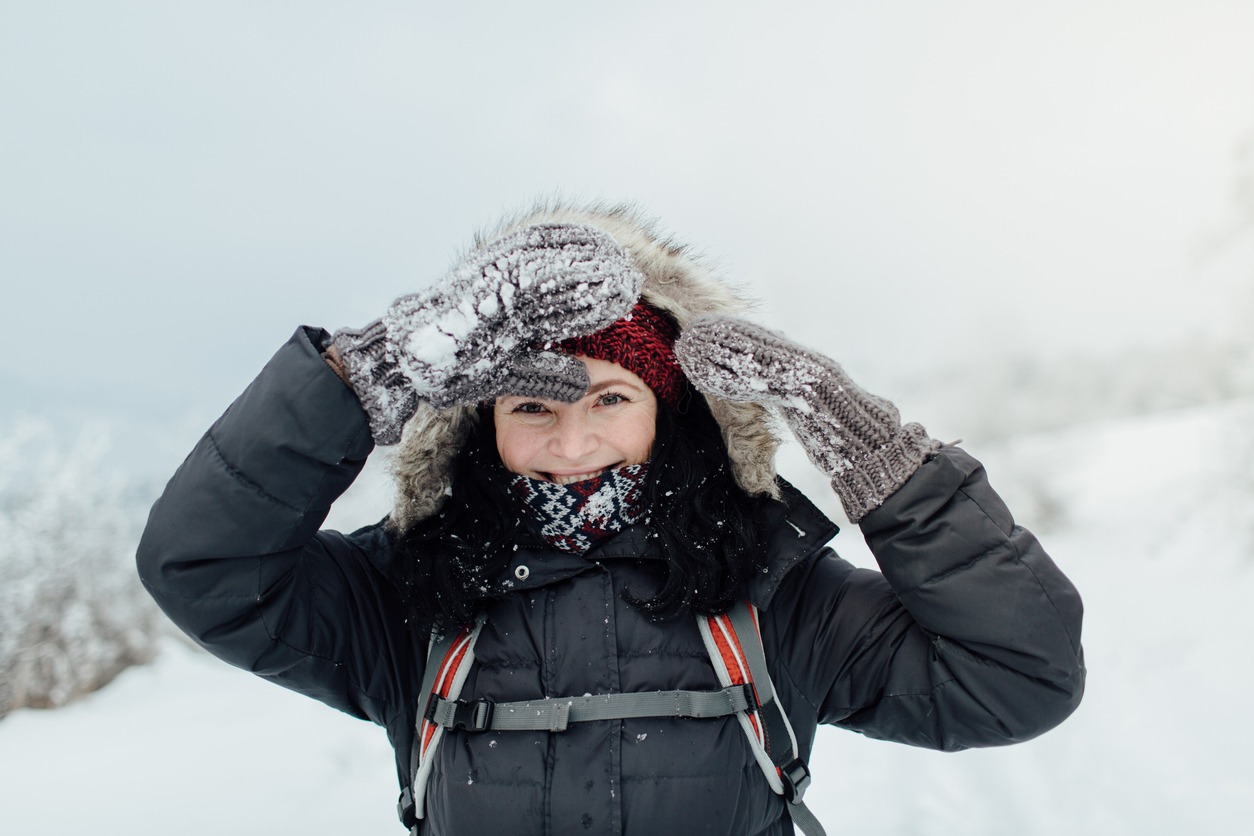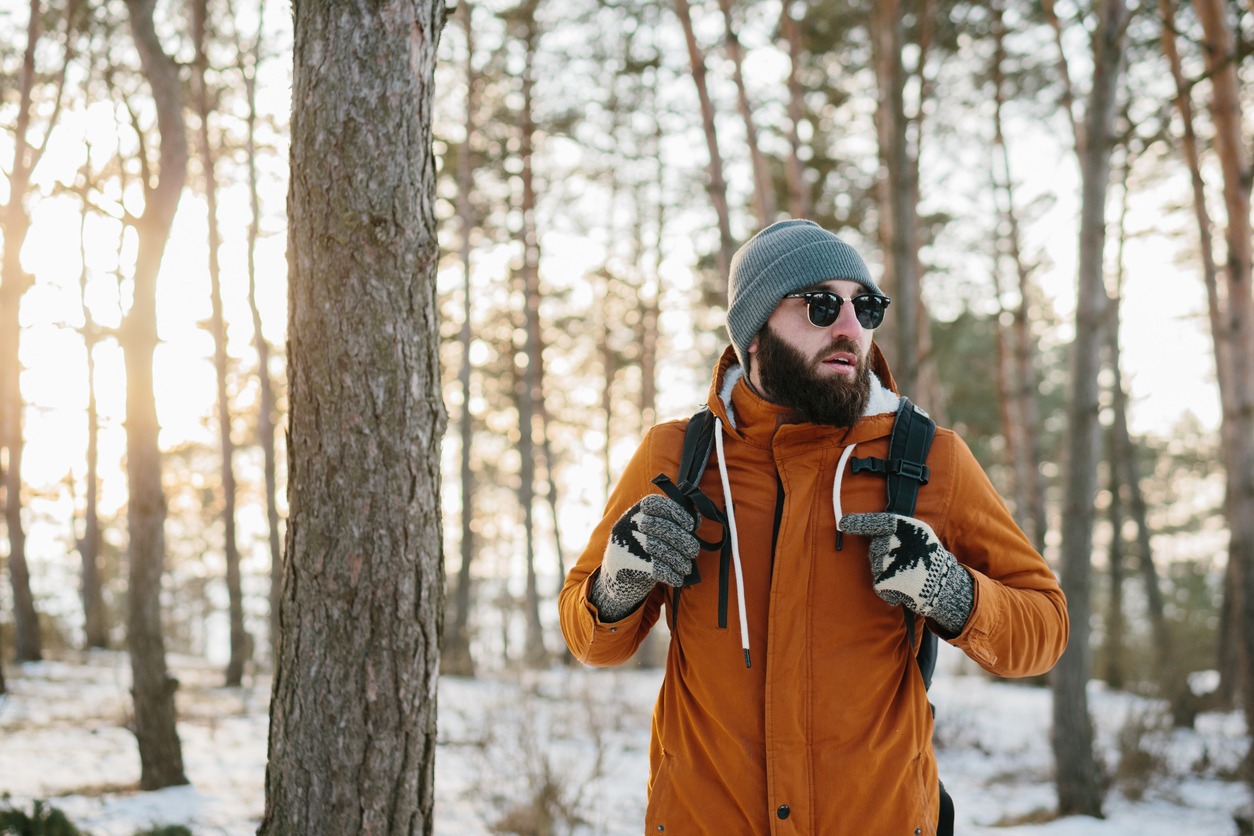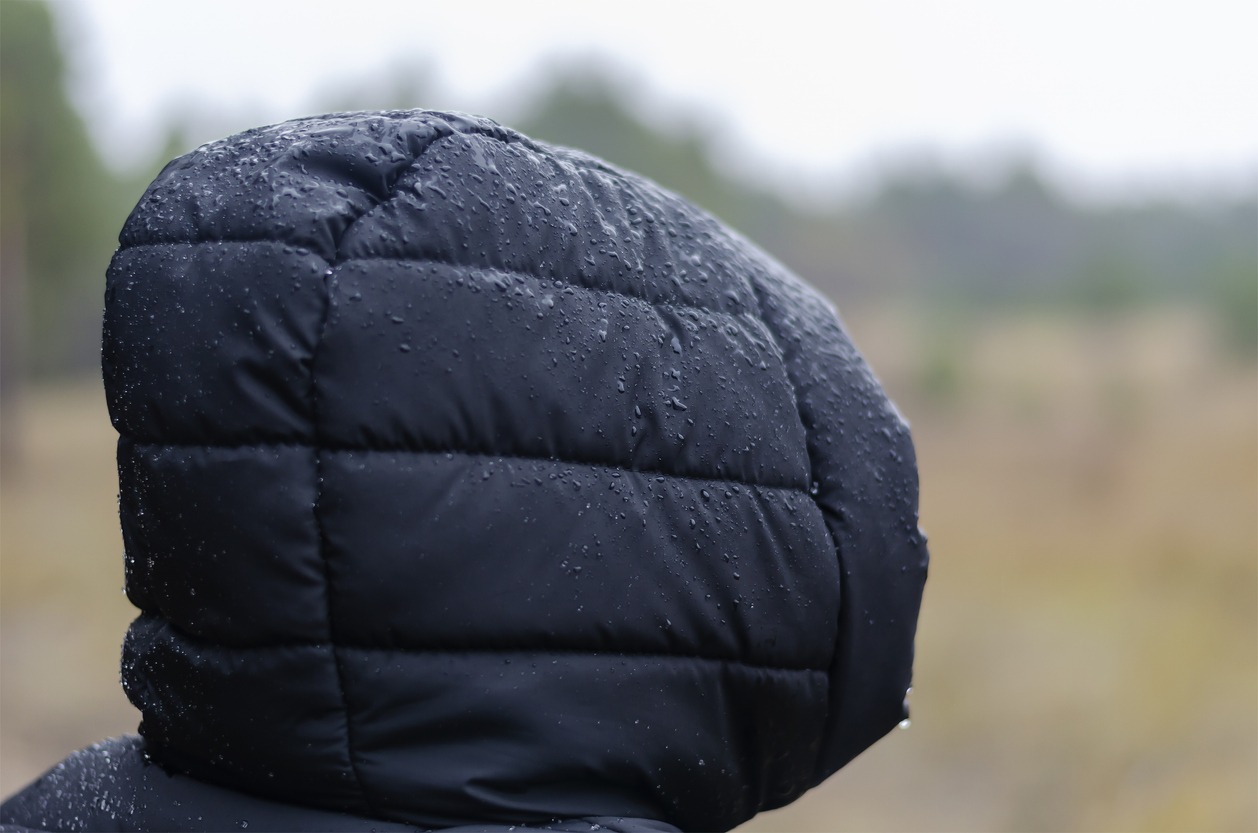In a scenario where disaster strikes and the world as we know it changes drastically, being prepared with the right clothing becomes essential. Whether it’s a natural disaster, a pandemic, or any other SHTF (S**t Hits The Fan) situation, the clothes we wear can greatly impact our survival and overall well-being.
Ill-fitting, uncomfortable, or inadequate clothing can cause discomfort, chafing, and even potential health issues. By checking on your clothing, you can address any issues related to fit, comfort, or functionality, ensuring that you have clothing items that support your physical and mental well-being in challenging situations.
This article explores three crucial information that delve into the best kind of clothing to have for SHTF, providing information to help you make informed decisions and be prepared for any challenging situation.
Why is Survival Clothing Important?
When it comes to natural catastrophes or emergency situations, it’s crucial to consider the various hazards you may encounter and ensure that your clothing provides adequate protection. Here are eleven hazards that require specific protective clothing:
1. Low-Temperature Environments: Your clothing should shield you from extreme cold to prevent hypothermia.
2. Hot, Dry, or Humid Environments: Clothing should allow for breathability and moisture-wicking to prevent overheating and discomfort.
3. Sweating: Survival clothes should effectively wick moisture away from your skin and retain body heat to regulate temperature.
4. Snow, Sleet, and Rain: Waterproof and insulated clothing is necessary to stay dry and maintain body warmth in wet conditions.
5. Wind: An outer shell with windproof properties is essential to prevent rapid heat loss caused by strong winds.
6. Sun Protection: Clothing should protect against harmful UV rays, preventing sunburn and long-term skin damage.
7. Water Loss from Perspiration: Proper moisture-wicking materials and ventilation in clothing help prevent excessive water loss.
8. Overheating: Breathable fabrics and ventilation features in clothing help regulate body temperature and prevent overheating.
9. Insects: Protective clothing can guard against biting or stinging insects, reducing the risk of poisoning, disease transmission, or morale impact.
10. Skin Damage: Clothing should provide a barrier against rough surfaces like rocks, cacti, sharp grass, or coral.
11. Foraging: Wear appropriate clothing for collecting wild food, considering hazards such as poison ivy, and ensuring personal safety.
12. Fishing: Consider safety clothing for activities like filleting or skinning fish to prevent injuries.
13. Poisonous Plants: Protective clothing can minimize the risk of contact with poisonous plants such as poison ivy, oak, or sumac.
14. Poisonous Snakes: Specialized snake-proof clothing can offer protection against snake bites during outdoor activities.
By being aware of these hazards and equipping yourself with the right clothing, you can enhance your safety and resilience in survival situations.
Factors to consider when preparing clothing for a SHTF
Preparing for changing weather conditions requires a crucial element: a well-designed layered clothing system. In the face of a SHTF scenario, where unexpected challenges arise, having the right clothing becomes essential.
Layering System for Versatility:
When choosing clothing for outdoor activities or survival situations, prioritize garments that serve three important functions:
Base Layers: These are moisture-wicking layers that help regulate body temperature. Good options include polyester and merino wool tops and bottoms, which draw sweat away from the body and keep you dry and comfortable.
Insulating Layers: These layers help retain body heat in cold environments. Reliable choices for insulation are jackets made by brands like Patagonia, REI, and Columbia. Down jackets or polyester fleece jackets provide effective insulation and keep you warm.
Outer Layers: These are the outermost layers that protect against the elements. Look for jackets with windproof and waterproof properties. Brands like Patagonia, Columbia, and Duluth offer excellent options such as 3-layer Torrent shell jackets, 3-layer jackets, and waterproof jackets. These outer layers provide reliable protection against wind, rain, and snow.
Moisture Management:
When it comes to staying dry and comfortable, it’s important to choose clothing that effectively pulls sweat away from your body and helps it evaporate. Look for garments made from moisture-wicking fabrics like polyester, nylon, polypropylene, rayon, or synthetic blends. While merino wool provides insulation, it may still feel slightly damp when wet.
Additionally, consider the weight of the base layer depending on the temperature: lightweight for cool weather, mid-weight for colder conditions, and heavyweight for temperatures below 32°F. Lastly, make sure the base layer fits snugly against your skin to maximize its moisture-wicking abilities and overall effectiveness in managing moisture.
Insulation for Temperature Regulation:
Make sure your clothing keeps you warm by providing insulation to regulate your body temperature in different conditions. When choosing clothes for cold environments, prioritize materials like down or synthetic insulation that effectively trap body heat and keep you cozy. It’s also beneficial to opt for clothing with adjustable features, such as zippered vents or removable layers, so you can customize the amount of insulation based on temperature changes.
For the mid layer or insulation layer, consider options like polyester fleece jackets, wool blends, and coats or jackets with down insulation. Polyester fleece offers insulation even when it’s damp and provides good breathability, while wool blends and down-insulated garments provide excellent insulation.
However, keep in mind that down loses its insulation when wet, while synthetic insulation retains its insulating properties even when wet. Look for garments with a nylon or polyester shell that is wind and water-resistant for additional protection against the elements.
Protection from Wind and Precipitation:
To ensure proper protection from wind, rain, and other forms of precipitation, it’s important to prioritize clothing that offers reliable defense. Look for garments made from windproof and waterproof materials, as they create a strong barrier against cold winds and moisture infiltration.
Additionally, consider clothing that has been treated with durable water repellent (DWR) coatings, as this enhances their resistance to moisture and allows them to remain functional in wet conditions. The outer layer, also known as the shell layer, plays a crucial role in shielding you from the elements. It should be breathable to allow perspiration to escape, made from lighter weight and high-efficiency materials for improved mobility, and durable, with synthetic materials being the preferred choice.
There are two main types of outer layers to choose from: waterproof and breathable jackets designed for extreme weather conditions, which allow perspiration to escape while keeping water out, and water-resistant and breathable shells that are suitable for moderate wind and rain or activities that involve high levels of exertion.
Lightweight and Efficient Gear:
Achieving optimal efficiency and convenience in challenging situations can be accomplished by prioritizing clothing made from lightweight fabrics that maintain durability and performance. Additionally, selecting multifunctional pieces that can adapt to various scenarios reduces the need for carrying excessive clothing items. Considering the compactibility of clothing is also important, as it allows for easy compression or folding to save valuable space in your pack.
By focusing on lightweight materials, versatility, and compactibility, you can ensure that your clothing choices optimize efficiency and convenience. However, when choosing materials like nylon, it’s important to be cautious around open flames, as it can shrink and melt if exposed to fire, leading to severe burns.
Conclusion:
When it comes to SHTF situations, having the right clothing can greatly improve your chances of survival and comfort. By considering factors such as durability, functionality, practicality, personal protection, and safety, you can make informed choices that will serve you well during challenging times. Remember, being prepared with the right clothing is not just about fashion but about ensuring your well-being in critical situations.




